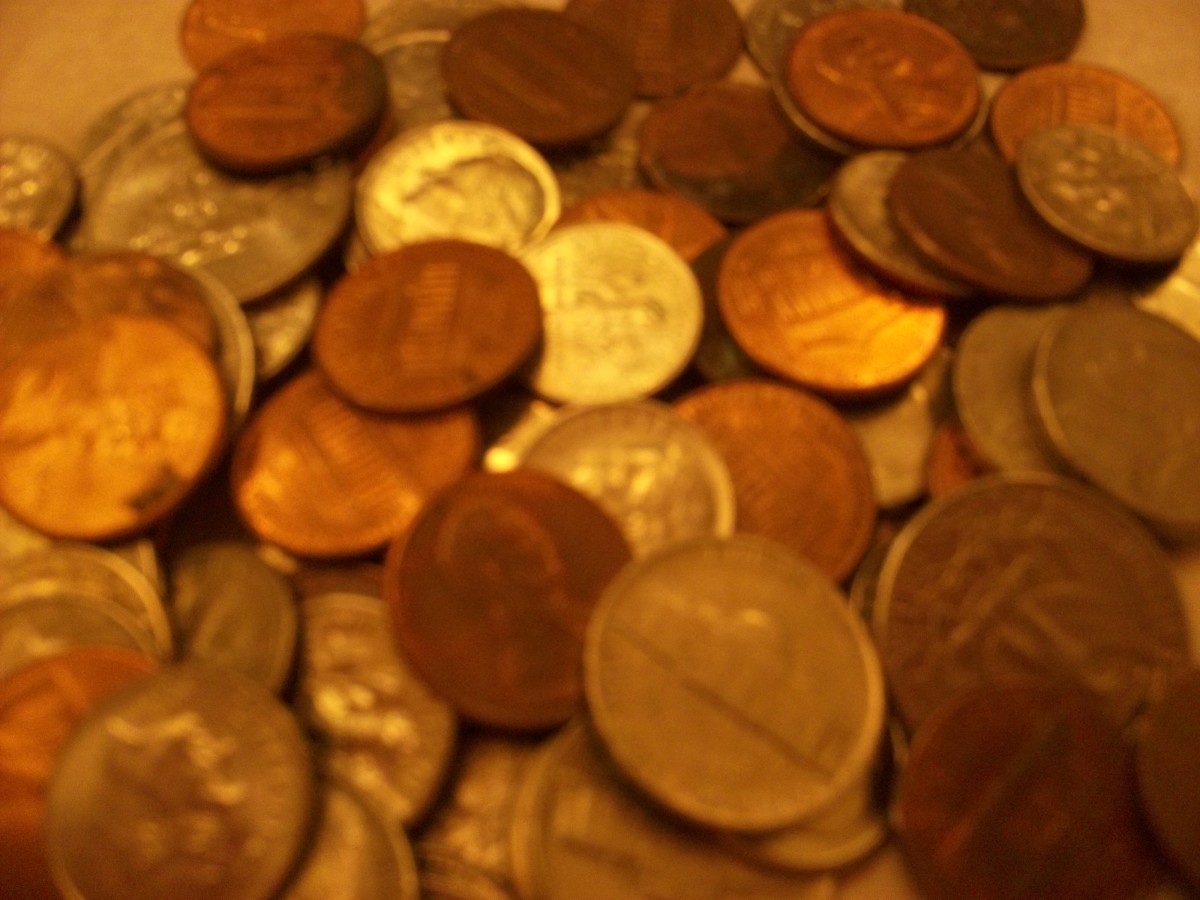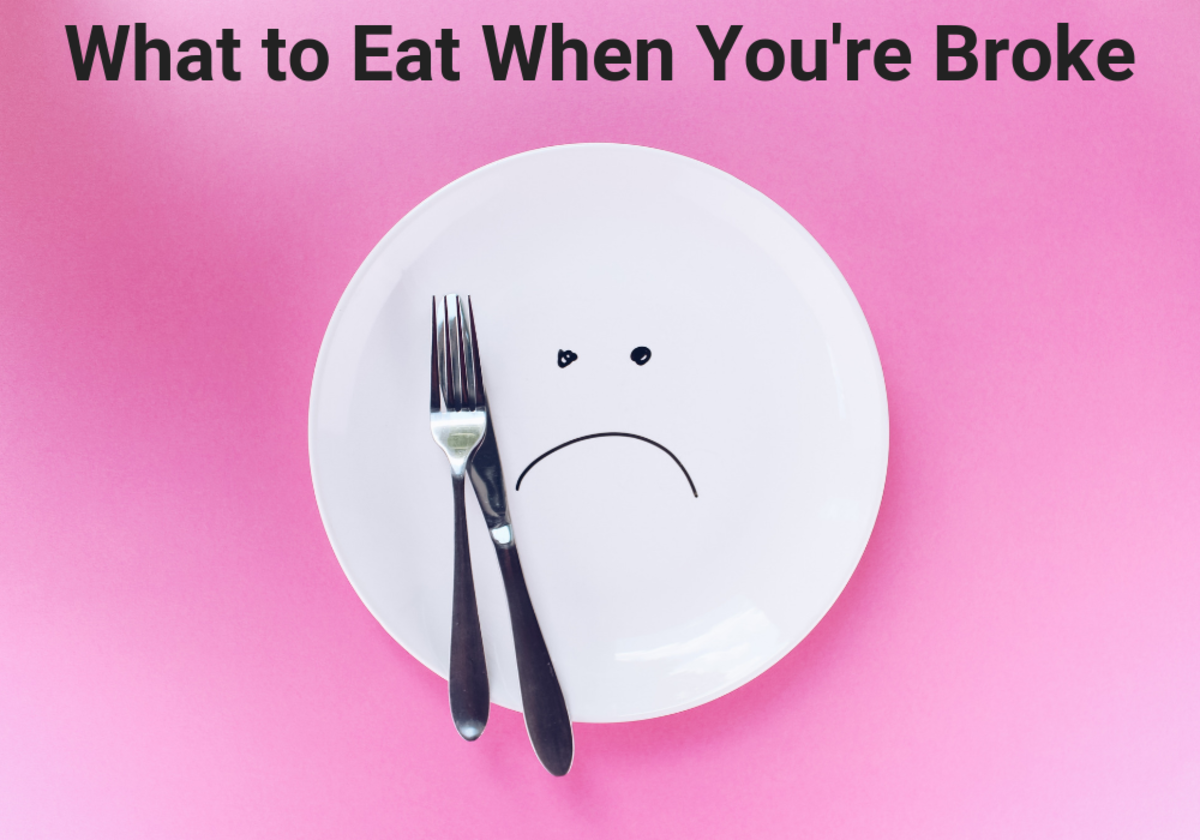How To Make Your Own Charcoal From Wood
How To Make Your Own Charcoal for Barbecue Grilling
If you barbecue a lot, you should make your own charcoal.
I grilled a lot of meat yesterday, and then I made charcoal. It is easy, if you have a supply of wood, to make the charcoal you need for grilling. I never use gas. Why not? Might as well cook indoors on the stove. It just does not taste as good. Plus, playing with fire is more fun.
Step by Step Instructions:
Start your barbecue grill as normal, with a pile of store-bought charcoal. Grill your food as usual. Then...when you are done cooking, take the rack off and pile the grill full of sticks broken short or split wood, right on top of the coals.
Any size wood works well, as long as it isn't so small it immediately catches fire, or so big it won't fit inside the grill with the top down. Too thick however and only the outside will turn into charcoal. Also, if the charcoal pieces you end up with are too big, when you go to use them, it is hard to get the grill surface on and the hot coals may be too close to the food and will burn it.
So, pile you wood into the grill on top of the hot coals left from your last cook-out. Fan the wood until you get a good fire, with the top open, and let it burn brightly for several minutes.
Then close the top and vents and leave them closed until the grill is cool. That means the next day.
DO NOT open the top half-way through the process, as the sudden increase in air supply may cause a WOOF of fire, which is dangerous. Almost like when you light a bit of gasoline. It woofs. It could take your eyebrows and hair right off, and if you happen to be inhaling when it does you will burn your lungs. That would be bad. DO NOT open the top when the grill is still hot. One guess how I learned this lesson...
My grill is not perfectly airtight when closed, so enough oxygen gets in to keep the coals lit for hours. The wood I put in chars and turns to charcoal, which is nothing but incompletely-burned wood. Some of the wood, at the ends and the insides, may not turn completely to charcoal and remains just wood. That is fine, it is really dry and is good for getting the next fire started when I am ready to grill again. You don't need starter fluid because the wood is so dry, so you save money there, and the food tastes better too.
Save money and make your own charcoal. I use oak and hickory, from trees in my back yard. There are branches down after every wind. Almost any hardwood will work. Oh, don't use plum or cherry wood to grill. It is somewhat poisonous. Softwoods such as pine will make your food taste bad.
Also, don't use leftover scraps of lumber. First, it is usually pine which tastes bad, and also, it may be treated with poisonous chemicals intended to kill bugs, mold or bacteria. These chemicals are also bad for you!
If you have a fireplace or wood stove in the house, making charcoal is even easier. Just save the charred stubs of wood left over after the fire burns down. Perfect charcoal.
At this point some clever guy or gal is going to ask, "Why not just cook over the wood rather than going to the trouble to turn it into charcoal?" Good question, grasshopper.
The answer is two-fold. First, wood burns too fast if it is dry, and too smokey if damp. Also, charcoal burns both hotter and more evenly than wood, so your food cooks more evenly.
Smoking Your Meat:
You may want to use some wood if you want to try smoking your meat. I do this sometimes, and the process is very simple. Just put the grill on its highest setting. I mean, as high above the coals as possible. Add some nice-flavored wood such as mesquite or hickory on top of the coals to make the smoke. Then just close the lid and leave it overnight. This takes a bit of practice to get right, as if you have too many hot coals it can over-dry or even char the meat. So you want to check the meat after a few hours to make sure it isn't getting over-done.
This is a fun and easy way to save money on grilling. Why buy those expensive bags of chemically treated compressed coal dust and sawdust, when home-made charcoal is easy, cheap, and your food tastes so much better?
Plus, it is great to have another do-it-yourself skill to impress your guy friends with. I just enjoy doing these things for myself.


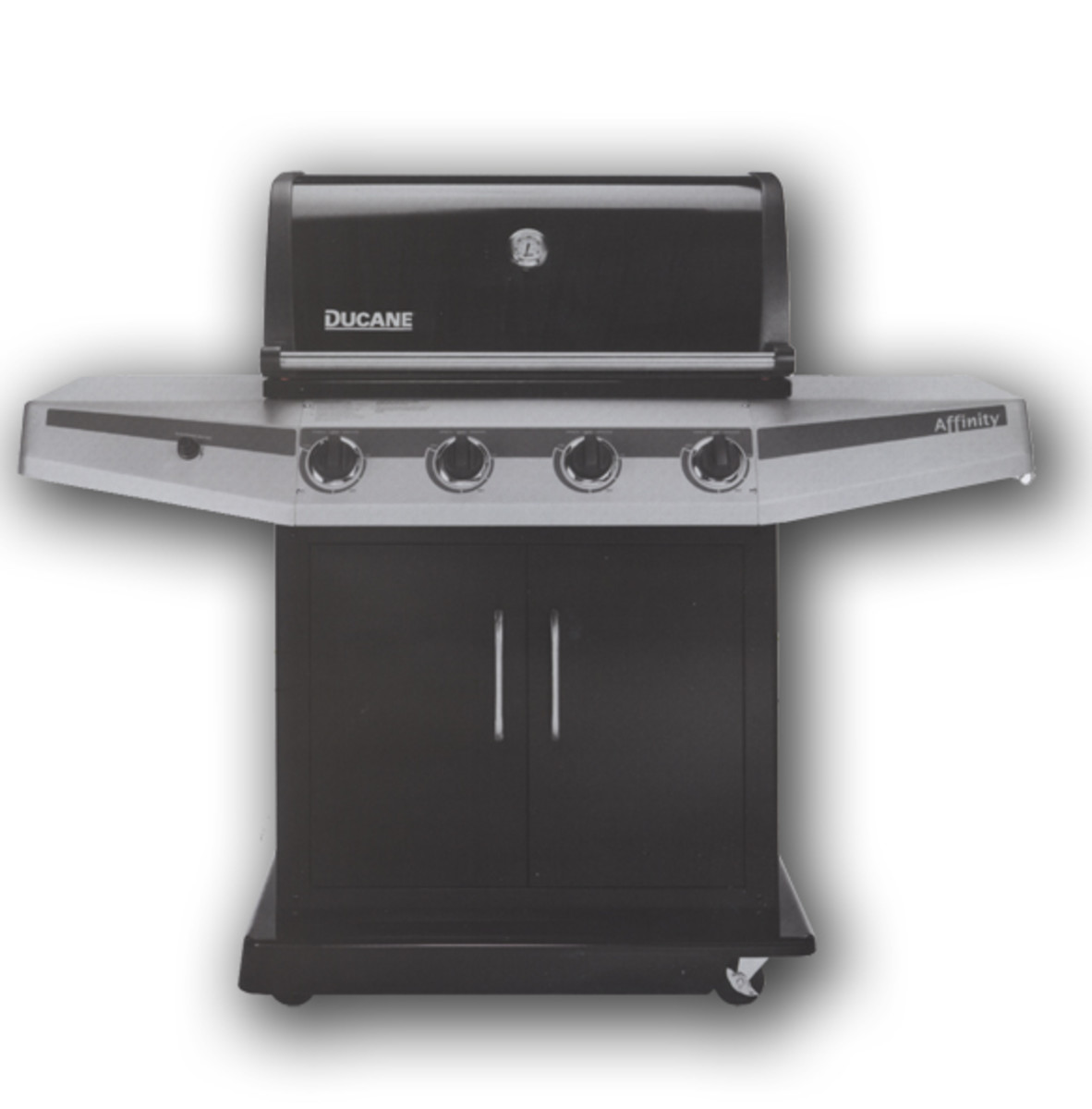
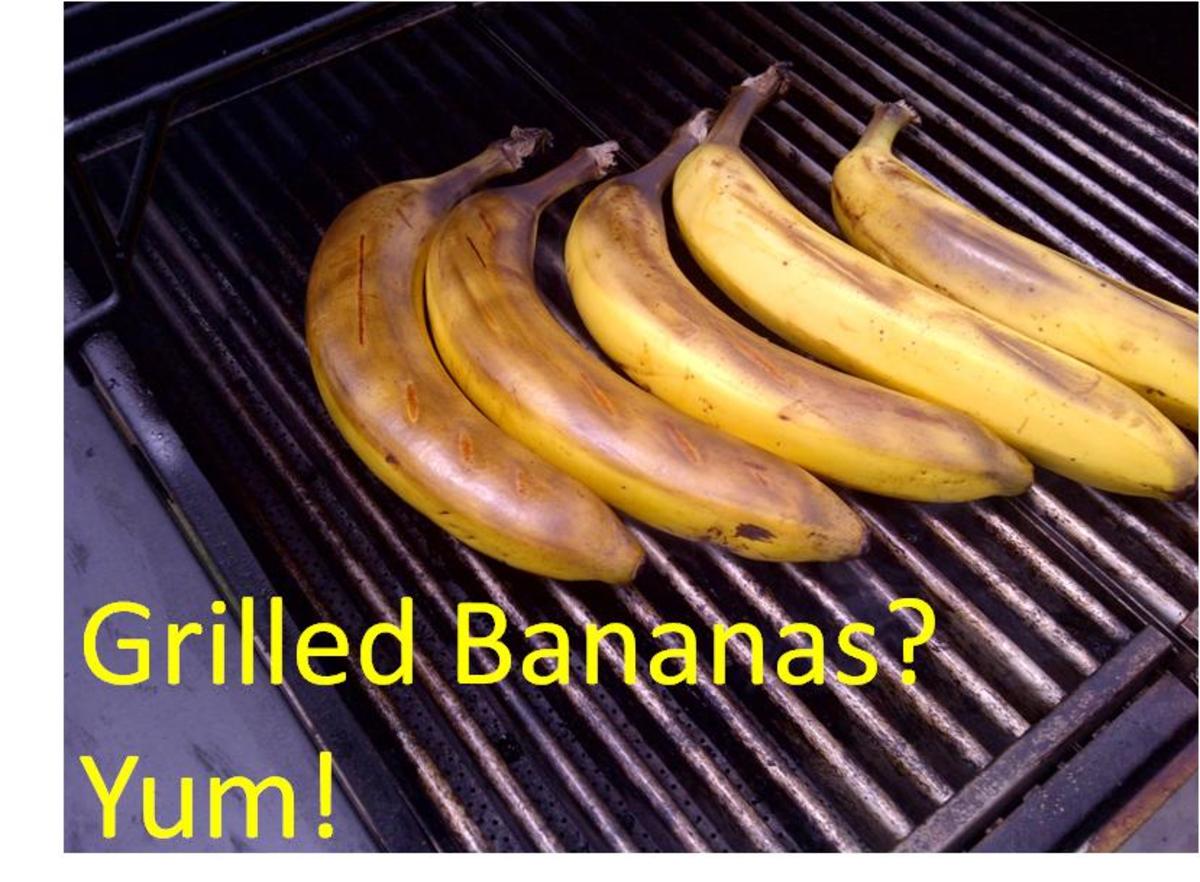

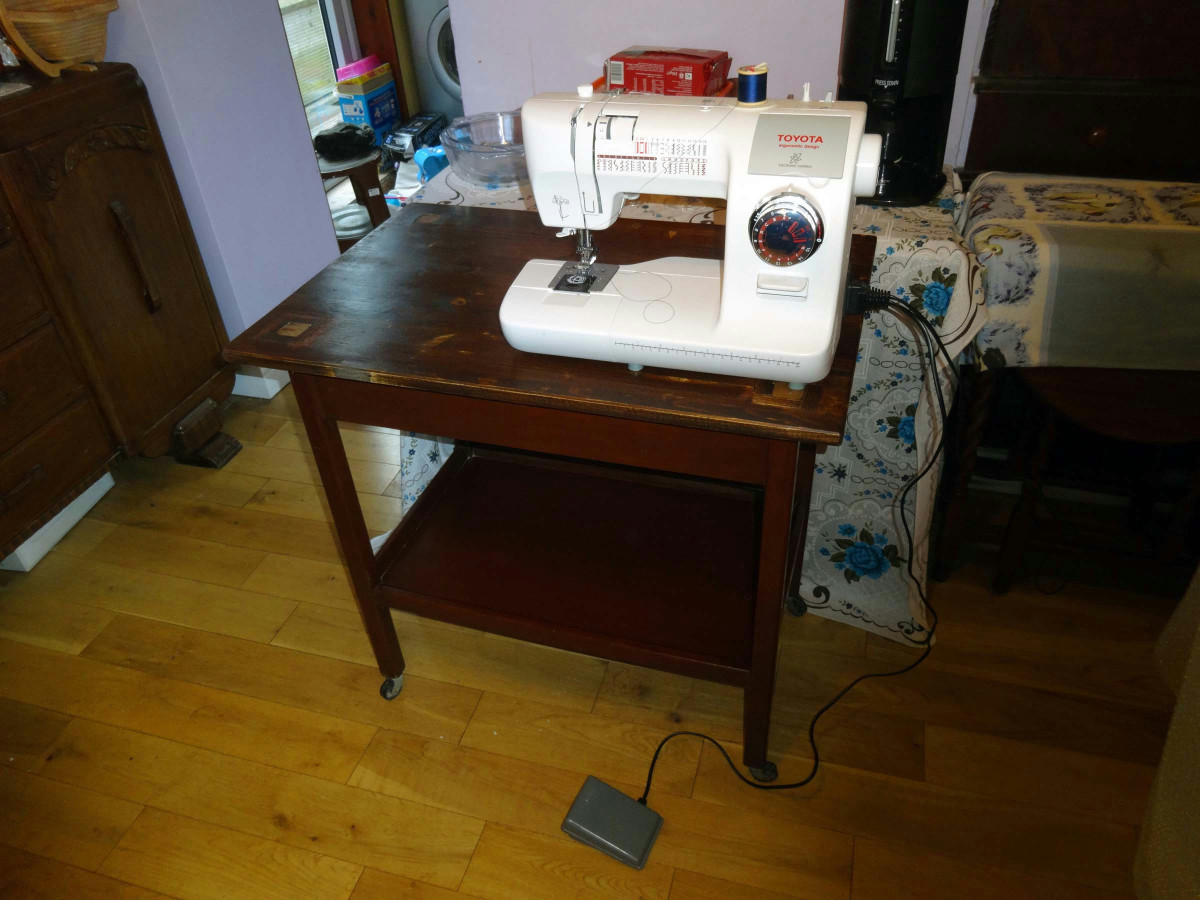
![These Companies Will Send You Free Stickers [#05] These Companies Will Send You Free Stickers [#05]](https://images.saymedia-content.com/.image/t_share/MTczODA2NTA0NDkzOTgzMzcx/stickers-free.png)
